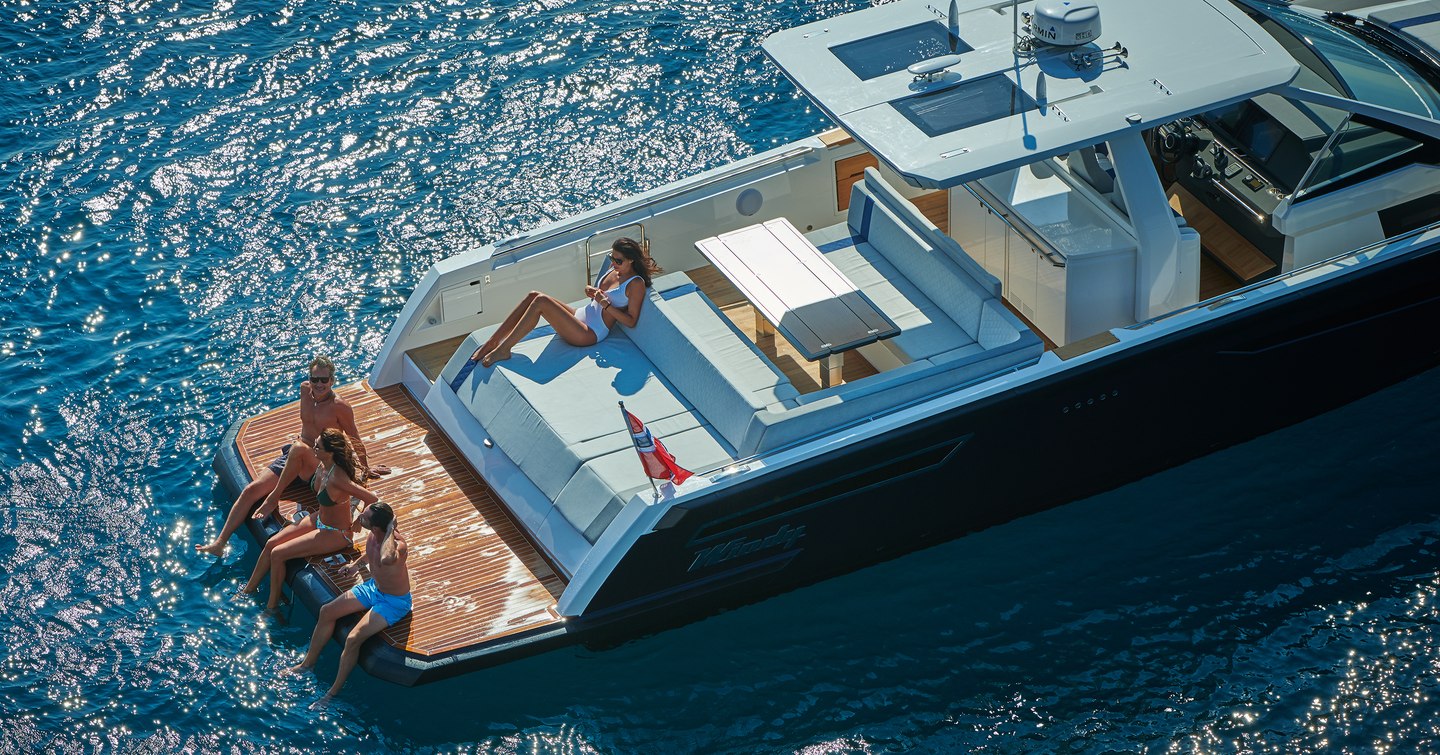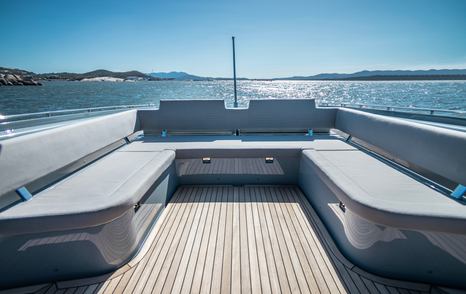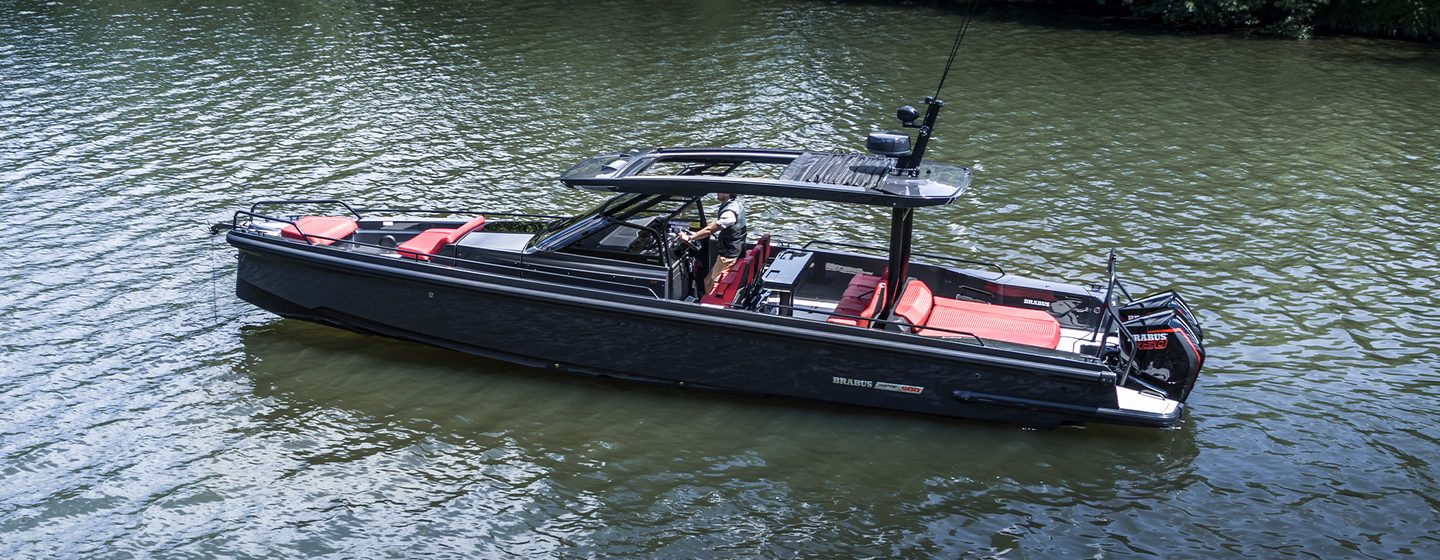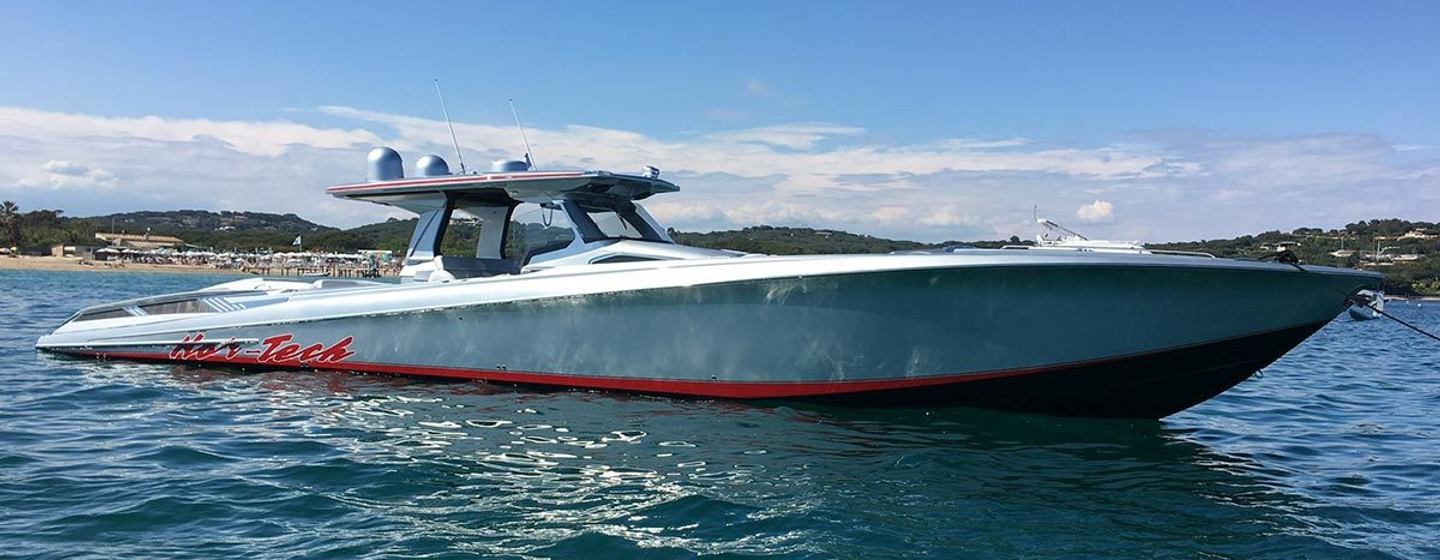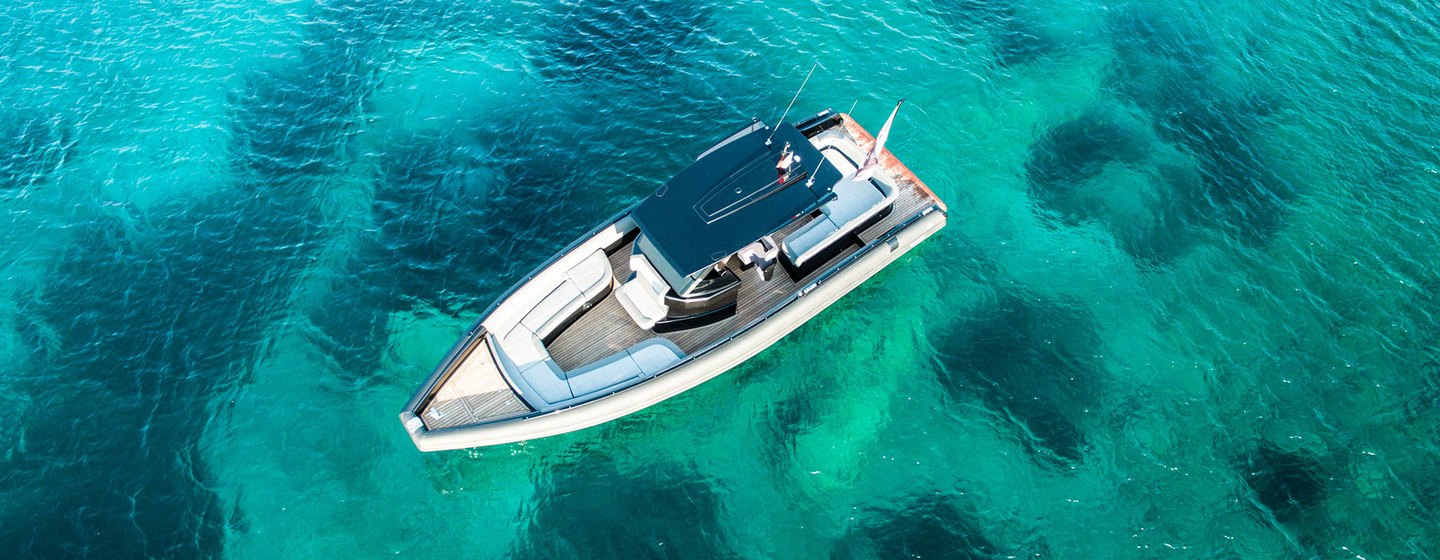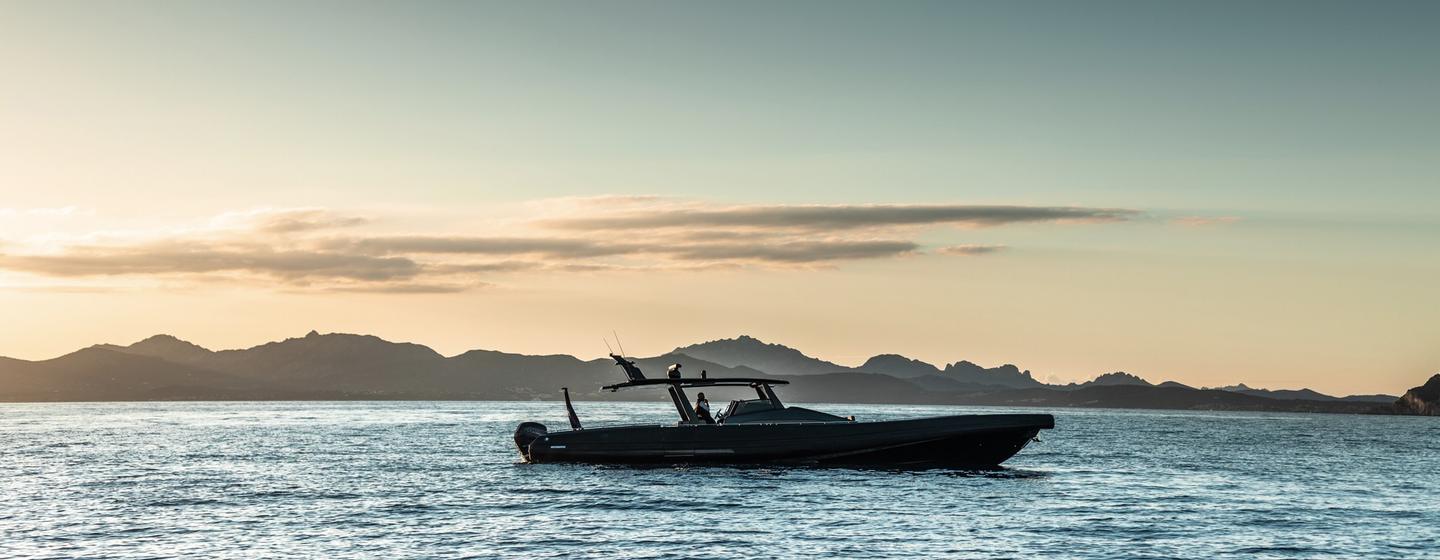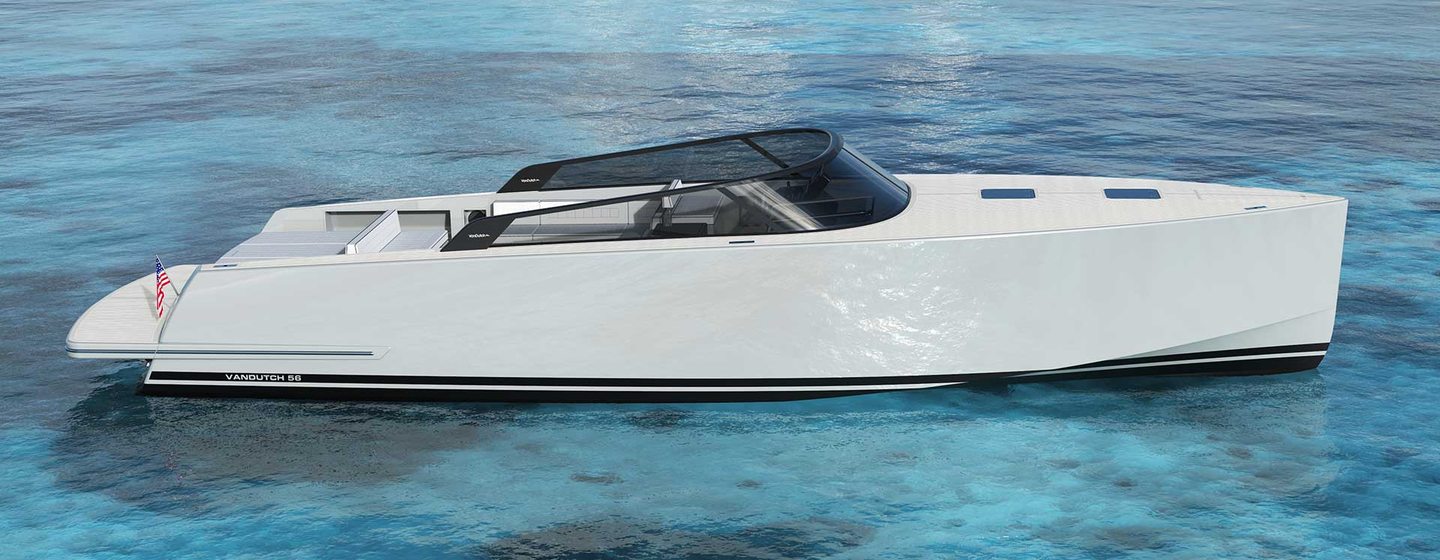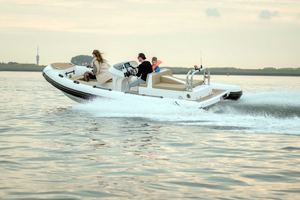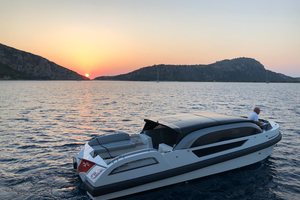If you are thinking of purchasing a chase boat, there are several factors that need to be considered. To make things easier, we have compiled the guide below to help decide if the vessel is right for you and your yachting requirements.
What is a Chase Boat?
Chase boats are designed to operate separately from the mothership and are large, highly capable vessels that are often used as tenders, support vessels, or for extra guest accommodation. The vessels can also be utilized as standalone day boats or as a watersports platform.
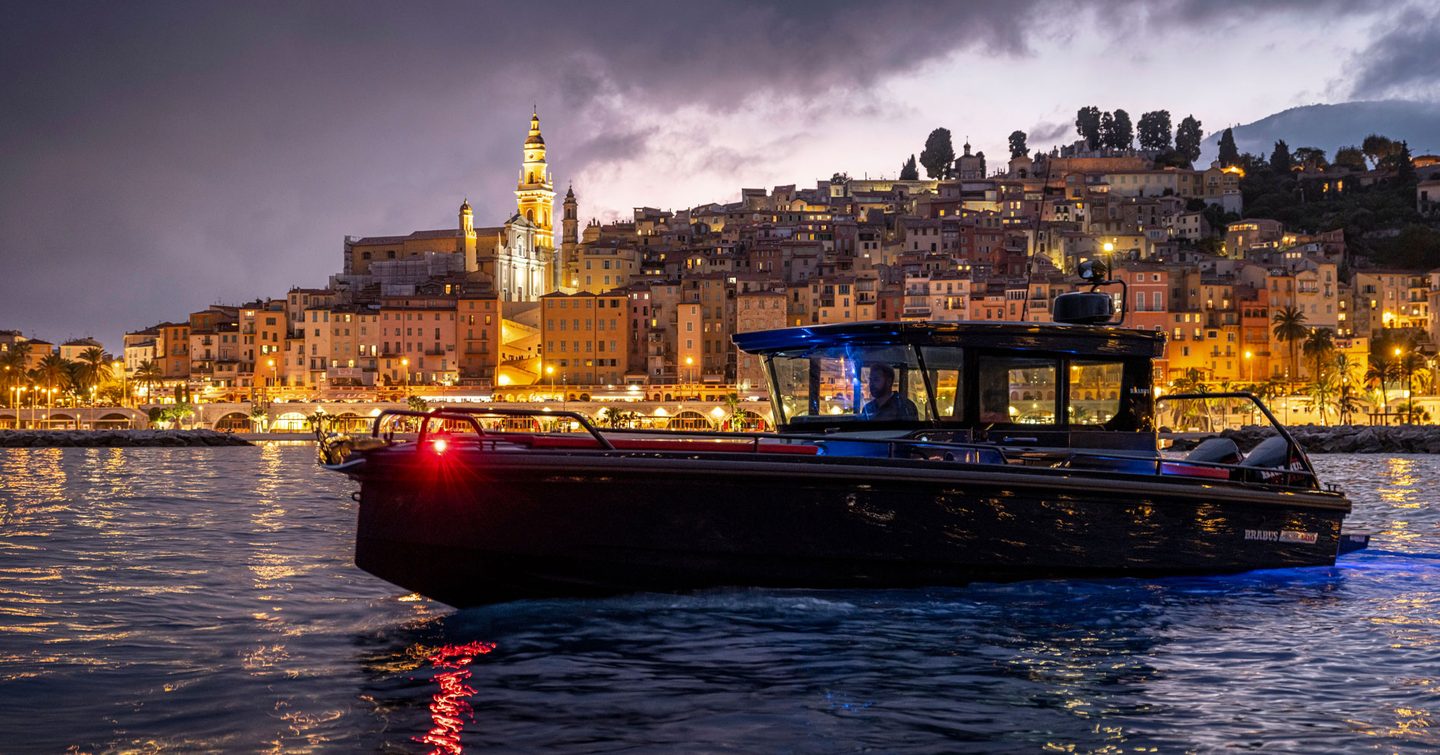

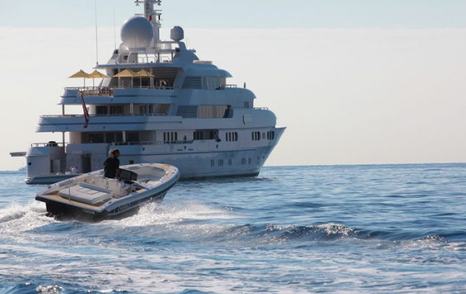
Instead of conforming to a specific design — like a RIB or a limousine — a chase boat is more about attitude and size. More significant than the average tender, chase boats run alongside the mothership or speed ahead to scout out anchorages, collect guests, or deploy crew.
Due to their size, chase boats are often only used by larger yachts capable of launching and storing them. The vessels require cranes with the correct lifting capacity to enable storage on deck. Previously, there have been cases where larger chase boats needed to be drained of fuel before being craned onboard — not an ideal scenario. For this reason, it is vital to know the weight of the vessel when fully laden with fuel. Alternatively, they can be stored in the tender bay if there is sufficient room.
Design and Build
The vessel type often has a range of specific design features, including a hull capable of operating on the open sea, and a well-protected and comfortable helm. An array of navigational equipment will also feature to enable the vessel to travel longer distances unaccompanied.
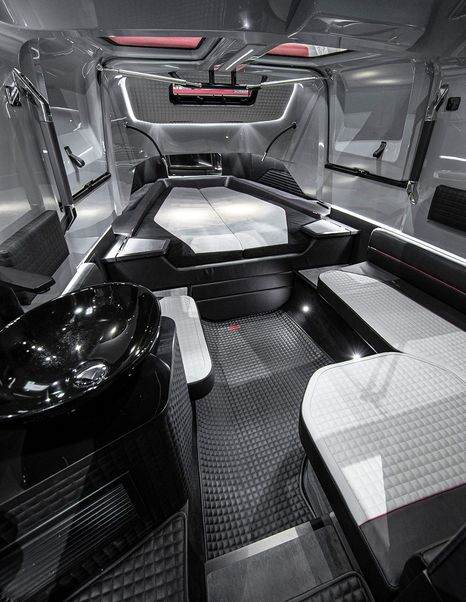
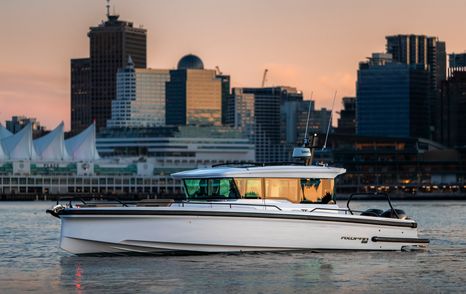
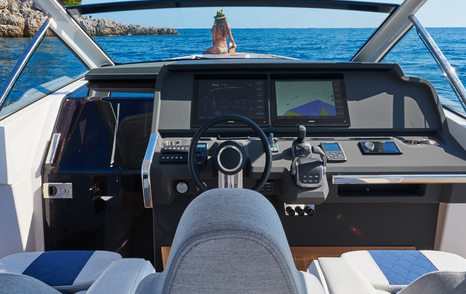
As a boat that might operate independently, the vessels provide shelter in the form of a protected deck area or a small cabin if the boat is large enough. An onboard toilet will also often feature — rather useful for those longer journeys or overnight stays.
Should I Buy a Chase Boat?
If you have the available space and lifting capacity to accommodate a chase boat onboard, then having a versatile vessel at your personal disposal is a win-win. Alternatively, if launching and recovering the chase boat isn't possible due to its size and weight, it can be moored at a site nearby, or even towed behind the mothership.
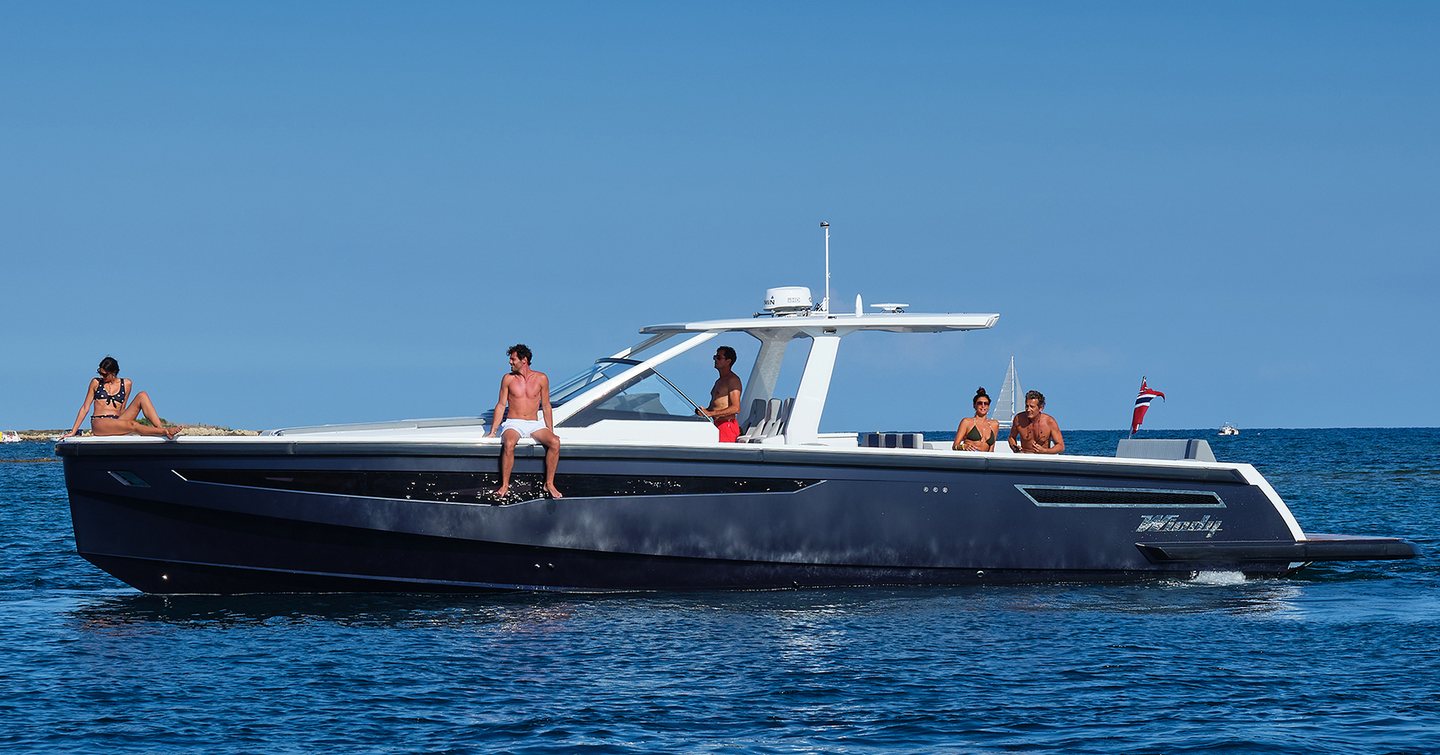
A chase boat will present little extra effort for the crew if you prefer cruising in local waters or calm seas, but if you wish to travel for extended periods of time in the open sea, then an alternative type of tender might be better as it can be safely secured onboard.
Pros
- Highly capable standalone vessel
- Provides extra cabin space
- Suitable for multiple use cases
Cons
- Costs more to run than smaller vessels
- Size and weight can hinder storage and launch
- Additional crew required
The Stats
- Typical size range: 8m (26ft) to 15m (50ft)
- Guest capacity: 12+
- Price range: EUR €750,000 - EUR €2m (USD $890,000 - USD $2.35m)
- Size of mothership: 50m+ (164ft)
